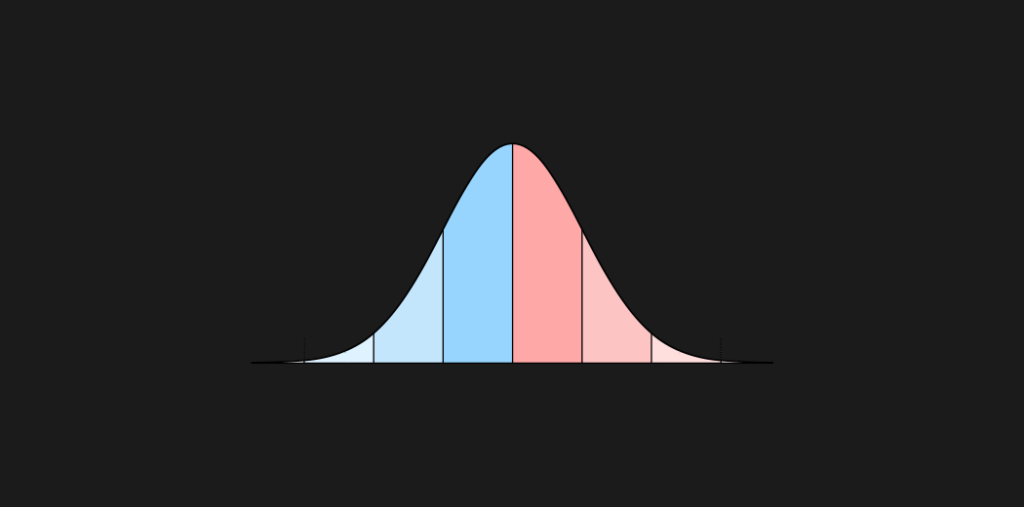
Z test is a statistical test used to determine whether two population means are significantly different from each other based on a sample of data. It is an important tool in hypothesis testing and is widely used in various fields, including finance, healthcare, and social sciences. In this article, we will discuss when to perform a Z test in Python and the steps involved in performing the test.
When to perform a Z test in Python?
A Z test can be performed in Python when we have a large sample size (typically more than 30 observations) and know the population standard deviation. The following are some situations where a Z test can be used:
Testing for differences between two population means: If we want to determine whether the means of two populations are significantly different, we can perform a Z test. This can be useful in various scenarios, such as comparing the effectiveness of two treatments in a medical study or comparing the average salary of male and female employees in a company.
Testing for a hypothesis about a population mean: A Z test can be used if we have a sample mean and want to test whether it is significantly different from a known or assumed population mean. This can be useful in situations such as testing whether a new manufacturing process has resulted in a significant improvement in the quality of a product.
Steps involved in performing a Z test in Python
Performing a Z test in Python involves the following steps:
- State the null and alternative hypotheses: The null hypothesis is that there is no significant difference between the means of the two populations or the sample mean and the population mean. The alternative hypothesis is the opposite of the null hypothesis.
- Set the level of significance: The level of significance is the probability of rejecting the null hypothesis when it is true. It is usually set at 5% or 1%.
- Calculate the test statistic: The test statistic is calculated as the difference between the sample means, and the population mean, divided by the standard error of the mean.
- Determine the critical value: The critical value is the value beyond which we reject the null hypothesis. It is determined based on the level of significance and the degrees of freedom (the sample size minus one).
- Compare the test statistic and critical value: If the test statistic is greater than the critical value, we reject the null hypothesis; otherwise, we fail to reject the null hypothesis.
The z test is a powerful tool in hypothesis testing. It can be used to determine whether two population means are significantly different from each other or to test a hypothesis about a population mean.
Python provides several libraries, such as scipy.stats and statsmodels, that can be used to perform Z tests. However, it is important to note that Z test should only be used when the sample size is large, and the population standard deviation is known or assumed.
While performing a Z test in Python, it is also important to check for assumptions such as normality and independence. The data should be normally distributed, and the samples should be independent of each other. If these assumptions are not met, alternative tests such as the t-test or non-parametric tests may be used.
Z test is a useful tool in hypothesis testing and can be performed in Python using various libraries. However, it should only be used when the assumptions are met, and it is important to interpret the results and consider the effect size.










Comments